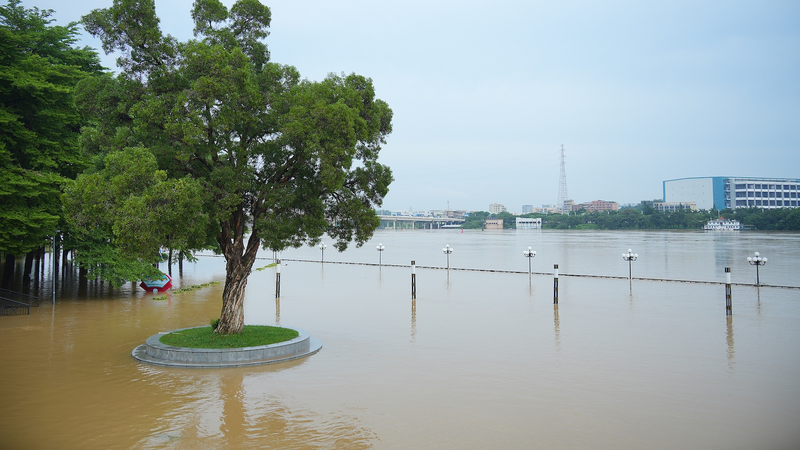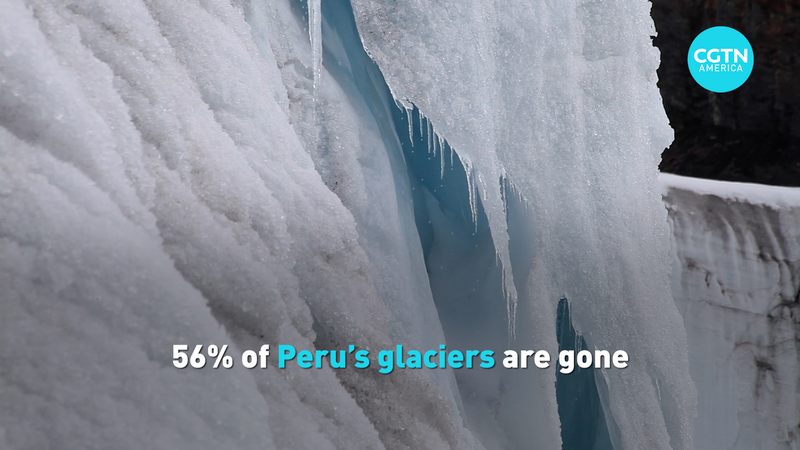A groundbreaking study from Lanzhou University has shed light on the primary drivers behind hydrological changes in lake systems across mid-latitude Asia. Led by Professor Li Guoqiang from the College of Earth and Environmental Sciences, the research offers valuable insights for predicting future water fluctuations in these fragile desert-lake ecosystems.
The team focused on Ebinur Lake in the Xinjiang Uygur Autonomous Region, located in northwest China. This lake, nourished by rivers from the glaciated Tianshan Mountains and draining into the arid Junggar Basin, serves as a natural laboratory for examining lake evolution in relation to Holocene climate patterns.
Utilizing the single-grain K-feldspar dating method, the researchers reconstructed the lake's history over the past 18,000 years. Their findings indicate that a combination of glacier meltwater, fluctuating Westerlies, and variations in East Asian summer monsoon precipitation are responsible for the asynchronous development trends observed across mid-latitude Asia's lakes.
Professor Li emphasized that while natural climate variations play a significant role in altering lake water levels, human activities are also having a noticeable impact. The comprehensive results of this study have been published in the prestigious GSA Bulletin, contributing to our understanding of environmental changes in arid regions.
Reference(s):
New study reveals drivers of lake evolution in mid-latitude Asia
cgtn.com




